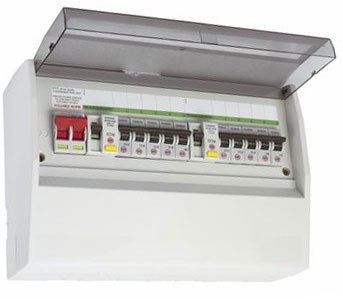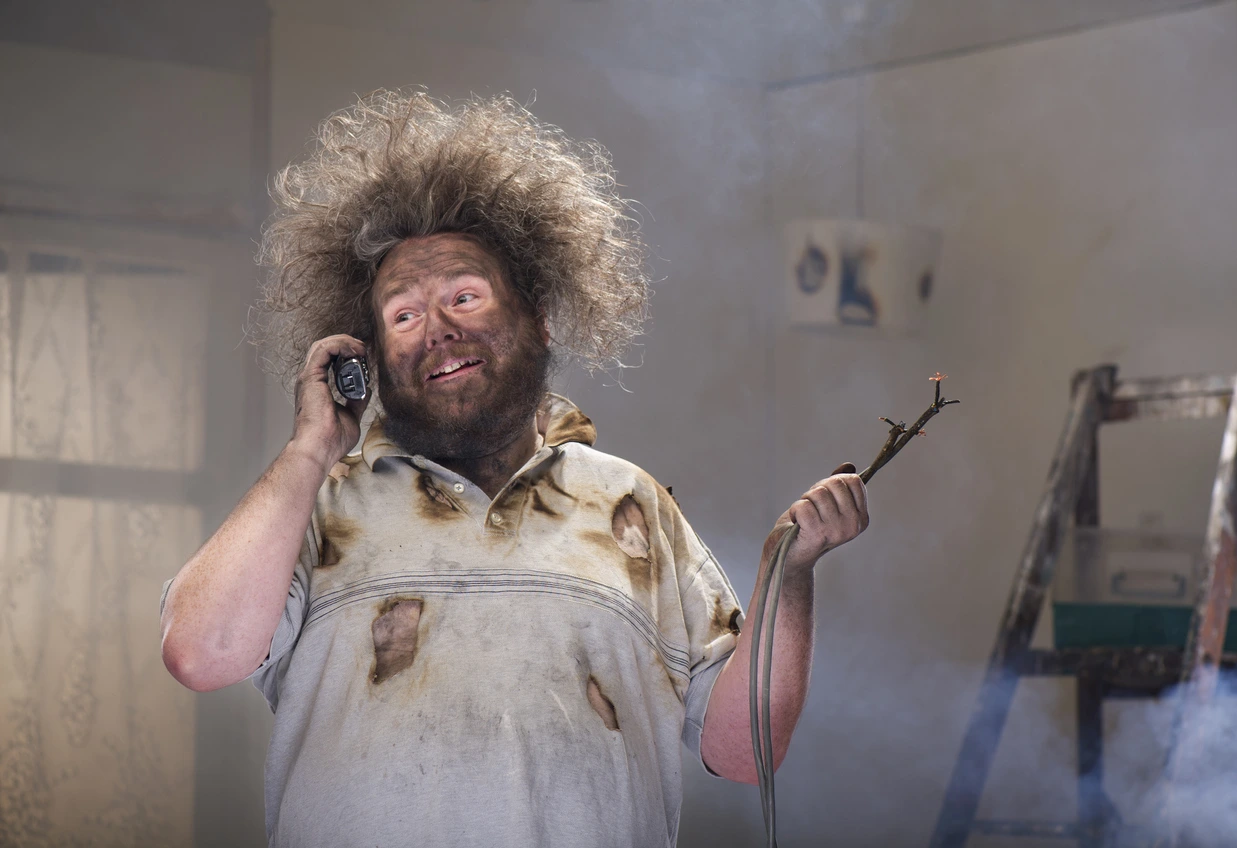
magine this: you’re having a busy day doing the washing and ironing, making meals for the week ahead, and getting your housework done.
Suddenly, in the middle of it all, the power goes off. Sometimes to your whole house, but more commonly to just one group of power sockets or lights.
What do you do and how do you fix it?
Before calling an electrician, try solving the problem yourself. It’s easy to work out which of the two most common household electrical faults is the culprit – an overload or a wiring fault.
Lights can blow the fuse if a light bulb blows or a fault occurs on the circuit. To identify the problem:
- Turn off all the lights and reset the tripped fuse.
- Turn on the lights one at a time.
- If there is a faulty light, it will trip the fuse.
- Turn it off, reset the fuse, and turn on other lights again – ensuring the faulty one is left switched off.
With power points, nine times out of ten the fault will be with an appliance. While all may be working perfectly fine, too many appliances on one circuit can cause the fuse to blow. A faulty appliance or wiring can also blow the fuse. To identify the culprit:
- Turn off all your appliances.
- Turn them on one at a time.
- If one trips the fuse straight away, you know the appliance is faulty.
- If the fuse blows after a little while, the problem is an overload.
Determining whether it is a fault or an overload will make it quicker for an electrician to fix. Instead of spending time identifying the cause, he can head straight to the fault, saving him time and you money. And remember, always choose a qualified, registered electrician to carry out repairs on your home. After all, the lives of your loved ones are extremely precious.












